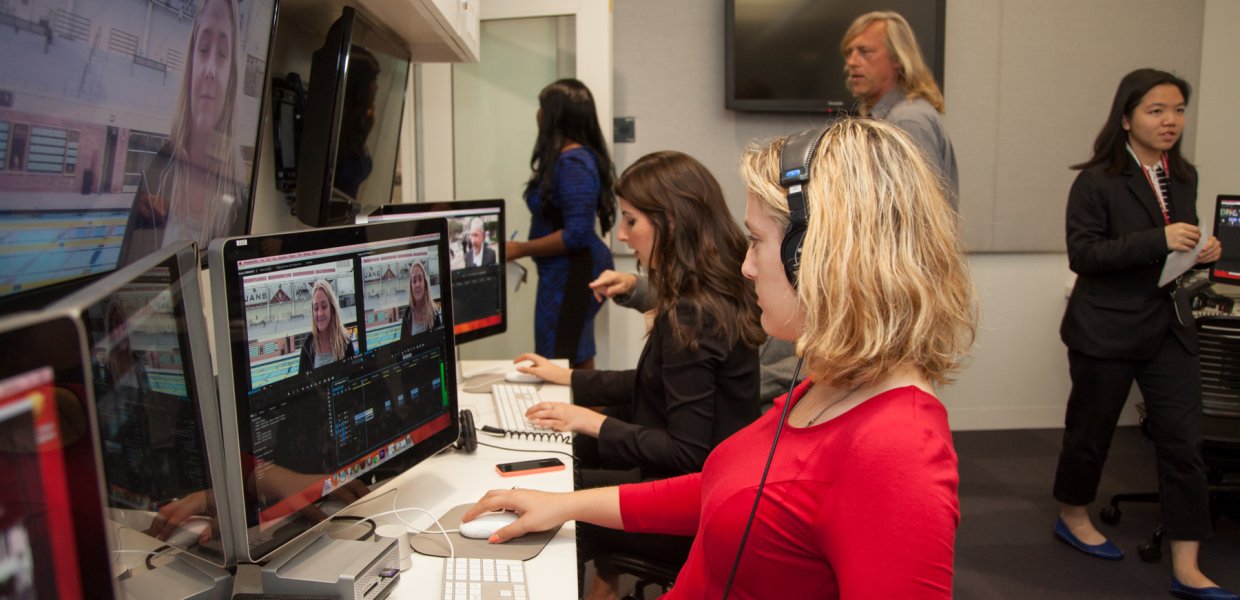The PRSSA board publishes a weekly journal about the public relations industry, job market and events on campus. Articles are written by the PRSSA board, PR students and Annenberg alumni.
By Alexa Youssefian
Public relations is a practice in effective communication. As PR students, we’re taught to communicate with and persuade audiences using language and focused messaging. As we address advances in technology, media and science, however, we need to expand our literacy.
Nelson Mandela said, “If you talk to a man in a language he understands, that goes to his head. If you talk to him in his own language, that goes to his heart.”
That’s a solid mantra for PR today, especially in a world that will only further become dominated by the languages of technology, science, social media and virtual reality. To affect good PR tomorrow, professionals will require a diversified literacy, fluency in the language of bits as well as business, science and data. To get to the heart of both the progressively technical consumer and client, professionals must speak their language.
Tomorrow’s audiences will be extreme tech natives. While Millennials tout their ability to use social media, Generation Z will know how to manipulate it. President Obama’s asserted the promise of “computer science for all,” setting a course for active contributors to tomorrow’s digital economy. PR experts will be required to match Gen Z’s expertise, or at least answer its needs.
Audiences aren’t the only ones becoming more tech-savvy. As industry ecosystems innovate, traditionally non-technical fields will require technical literacy from their communications professionals. Fashion houses and newspapers alike are already listing data analytics and basic coding ability among their job prerequisites.
Digital communities are the breeding ground for public opinion. We need to understand how to address a digital audience, measure their engagement and tell them stories on virtual platforms.
 C.J. Windisch, startup founder and engineer, believes technical skills support decision-making: “We see it everywhere from statistical analysis in baseball to politics with Barack Obama's data-driven election team.” Another CTO concurred, saying “Every company has access to a gold mine of consumer insight in the form of analytics, social networks, activity logs, et cetera. The challenge in managing that information is developing a process to extract high-value bits and act on them quickly.”
C.J. Windisch, startup founder and engineer, believes technical skills support decision-making: “We see it everywhere from statistical analysis in baseball to politics with Barack Obama's data-driven election team.” Another CTO concurred, saying “Every company has access to a gold mine of consumer insight in the form of analytics, social networks, activity logs, et cetera. The challenge in managing that information is developing a process to extract high-value bits and act on them quickly.”
The profile of the average consumer is changing. Those in the U.S. spend the majority of their time interacting with digital media in mobile apps. 79% of consumers use apps nearly every day, and 12 of the top 25 mobile apps used by consumers are media and sharing platforms. PR professionals need to meet these audiences online and build communication and measurement strategies around their ecosystem. Beyond knowing how to post on social media, we should understand its patterns and science.
With an understanding of technology, we can build interactive, relevant stories using modern mediums and measure their impact more efficiently.
Every PR professional doesn’t need to learn how to code, but a healthy curiosity and inquisitive spirit toward technology and digital creativity will only support the future of the PR industry and our survival in it. As communicators, it’s our responsibility to at least try to adapt our dialect to the tone of the times.

